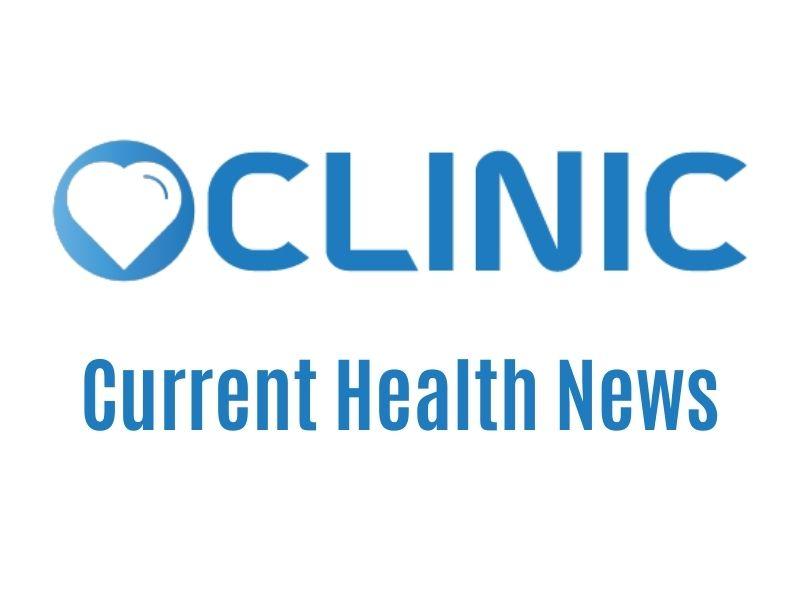Regeneration (Regeneration) can be defined as the regeneration of some tissues and cells or the replacement of lost losses. The regeneration ability, which was first described in primitive sea and land creatures, is also limited to humans. When suitable conditions are created, the regeneration ability for the musculoskeletal system in the human body can be mentioned.
Regenerative Injection; It is the general name of the injection methods that allow cell proliferation, new collagen synthesis, stability and ultimately tissue regeneration in damaged and weak connective tissue in the injected bone, cartilage, tendon and ligament region.
What Applications Include Regenerative Injection?
Regenerative injection is a group of treatment modalities characterized by the injection of stem cells, prp or proliferating solutions to strengthen and restore weakened joints, cartilage, ligaments and tendons that have lost their functionality; By stimulating healing mechanisms, it provides cell formation and regeneration in weak and damaged tissues. The cases where tendon and ligament problems that occur after trauma cannot heal due to inadequate tissue repair and cause pain are the cases that benefit most from this injection.
One of the most striking aspects of the regenerative injection method is that there is no physical restriction during the treatment and it does not require rest. On the contrary, stretching and strengthening exercises for the injected joint, spine or muscle group and movements aimed at improving the range of motion of the joint are applied to the patients as a complement to the regenerative injection treatment.
Regenerative injection therapies; It consists of a group of treatment methods that strengthen cartilage, tendon and ligaments by using different solutions with their own protocols. Today, the most well-known is “Platelet Rich Plasma” (PRP), which is obtained by processing one’s own blood with a special treatment. Another method is the “Stem cell” method, which is based on the principle of separating and injecting the stem cells in the blood using special techniques and devices.
The method that is technically the most complex, underlying all methods and requiring manual dexterity, is “Prolotherapy”. The foundations of the method are based on Hippocrates (400 BC). This method, which is widely applied today, especially in the USA, is used to provide stability in the joint and spine region.
What are the Differences of Regenerative Therapies from Conventional Methods?
In order to understand regenerative injection therapy, it is necessary to know the tissue healing mechanism that has existed since the first humans. Tissue healing in the injured area takes place in 3 stages:
. 48-72 hours after injury: Inflammation period,
. During 2-4 weeks: Repair and regeneration period,
. In the period of 6 months-2 years: Remodeling period.
Treatment with Regenerative Injection accordingly˟:
. Pretreatment: Reduction of pain and muscle spasm to control the inflammatory response. (Protection, rest – 48 hours)
. Definitive treatment: During the repair phase and remodeling, injection therapy should be combined with a warm application and stretching-strengthening exercise program until full recovery is achieved.
(˟ : Unlike the traditional approach, there is no place for cold application, elevation, compress application and non-steroid painkiller use in our practice.)
In Which Situations Is Regenerative Injection Therapy Effective?
Conditions that may benefit from regenerative injection:
. Conditions involving the shoulder joint: Degenerative arthritis (calcification), tendinitis, partial rupture of tendons, impingement, Bankart lesion, rotator cuff syndrome, recurrent shoulder dislocations, frozen shoulder,
. Conditions involving the knee joint: Degenerative arthritis (calcification), partial rupture of the anterior cruciate ligament, degeneration or partial rupture of the menisci, iliotibial band syndrome, chondromalacia patella, os-good schlatter disease, Baker’s cyst, tendinitis,
. Conditions involving the hip joint: Degenerative arthritis (calcification), Femoral head avascular necrosis, pubis disease, tendinitis, restless legs syndrome,
. Ligament damage/tears, cartilage problems in small joints,
. Spine problems: Flattening in cervical and lumbar lordosis, spondylolisthesis (lumbar shift), disc hernias (hernia), facet joint degeneration (calcification).
. Apart from these, migraine and tension type headaches, temporomandibular (jaw) joint problems, ankle sprains, plantar fasciitis (heel spur), post-operative pain that does not go away, etc. conditions.

